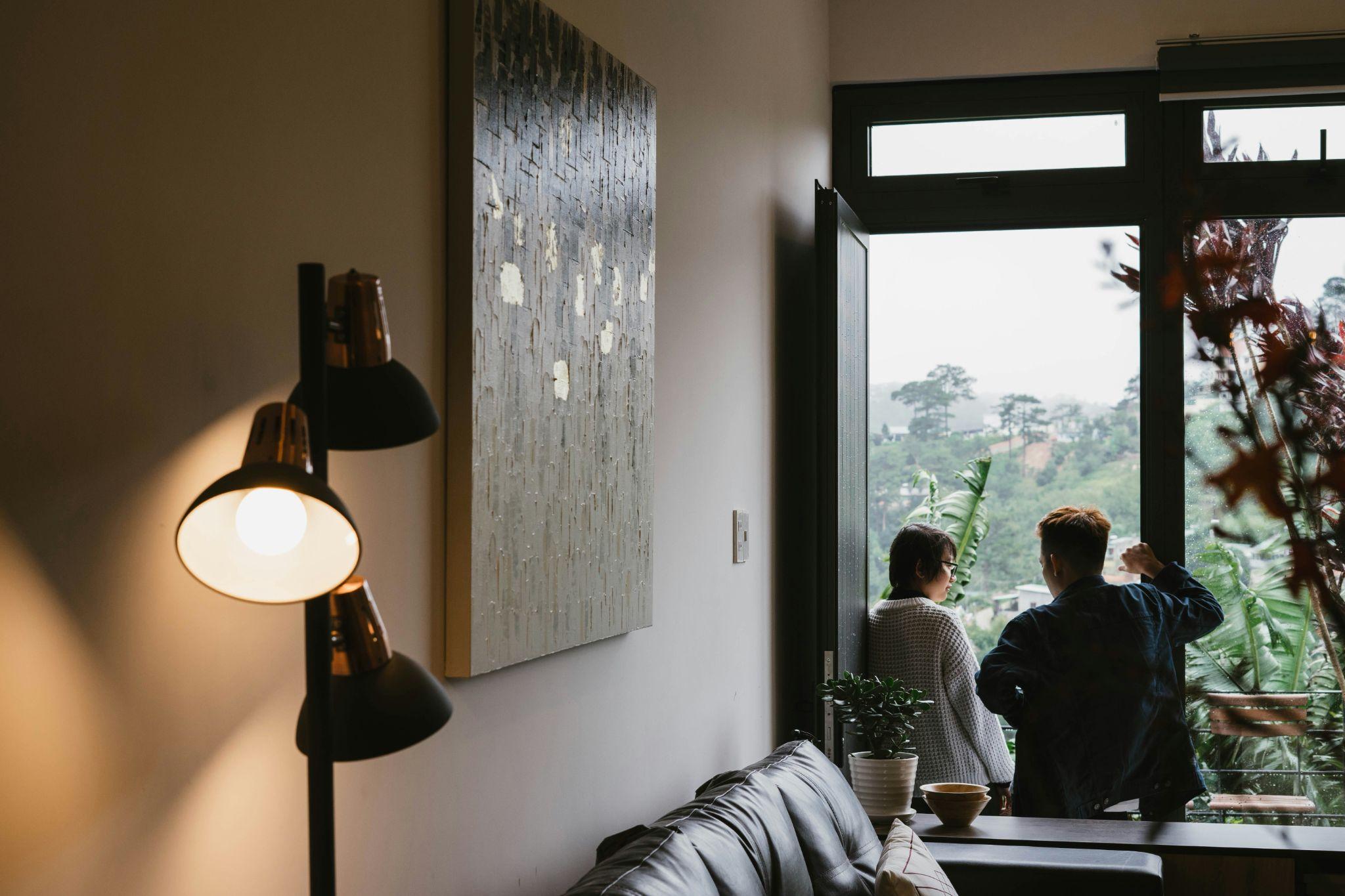Recovery from addiction is a journey, not a single step. This path often leads to a crucial phase known as sober living.
This stage is designed to bridge the gap between an inpatient facility and returning home to everyday life. It’s a safe space that fosters sobriety, offering support and structure for those who are navigating their new sober lifestyle.
Understanding Sober Living
Sober living homes (SLHs), also known as halfway houses, are shared sober living environments for individuals recovering from substance abuse. Unlike clinical treatment facilities, these sober living houses provide a less restrictive environment. Here, residents live together, supporting and holding each other accountable. These homes are often managed by peers or staff members who have walked the path of recovery themselves.
The environment in sober living homes is structured to reduce the risk of relapse from alcohol and drugs. Rules like curfews, mandatory group meetings, and no substance use are implemented to create a stable environment. These rules are stepping stones to rebuilding a disciplined, responsible lifestyle.
Sober living is part of a continuum of care, a comprehensive approach to addiction recovery. This concept acknowledges that recovery is a long-term process, requiring different levels of support at different times. After detox and inpatient rehab, sober living provides the next level of support. It’s a phase where individuals can strengthen their sobriety while attending an outpatient program and gradually re-integrating into society.
The Benefits of Sober Living
These homes are more than just a place for staying sober—they’re a crucial transitional phase. This period allows individuals to gradually adjust from the intensive care of inpatient rehab facilities to the independence of everyday life, applying and reinforcing the coping skills learned in addiction treatment programs in a real-world setting.
One of the most significant benefits is the community within these homes. Residents that stay in a sober living home are surrounded by peers who understand their struggles and can provide empathy and support. This network often extends beyond the stay in the home, offering long-term connections and a sense of belonging crucial for recovery.
Residents in sober living homes are encouraged to take charge of their lives. This means managing daily tasks, finding employment, or continuing education. This balance of independence, coupled with the support of the community, is essential for building confidence and self-reliance.
These homes provide a structured environment that is vital in early recovery. Regular schedules and house rules help residents establish healthy routines, reducing the chaos that often accompanies addiction and creating a sense of normalcy and stability.
Residing in a sober environment significantly reduces the risk of relapse. With substance-free living spaces and a community focused on sobriety, residents are less likely to encounter triggers that could lead to a relapse, providing a safer transition period.
Sober living homes often offer activities that promote personal growth, such as skill-building workshops, group therapy, and recreational activities, reinforcing what has been learned in inpatient and outpatient rehab programs. These opportunities help residents rediscover interests and passions that were lost during addiction, fostering a sense of purpose and direction.
In addition to peer support, many sober living homes provide access to counseling and emotional support. This can be crucial for addressing underlying issues related to addiction and developing healthier coping mechanisms for stress, anxiety, and other mental health challenges.
Many homes emphasize holistic health, including physical fitness, nutrition, and mental well-being. This comprehensive approach to health is essential for rebuilding the body and mind after the toll of addiction.
Day-to-Day Life in a Sober Living Home
Daily life in a sober living home is structured yet flexible. Residents typically have curfews and are expected to participate in household duties and regular meetings. This type of sober living structure helps to establish healthy routines and discipline, essential for sobriety.
Many sober living homes encourage or require residents to work or pursue education. This aspect helps integrate residents back into a normal routine and prepares them for life after the sober living program.
Regular meetings and counseling sessions are often part of life in a sober living home. These sessions provide continued emotional and psychological support while remaining in a sober living home, helping residents to deal with challenges and maintain sobriety.
Long-Term Recovery Support
Sober living homes are not the final step in recovery but a significant milestone towards a life of sobriety. They offer the necessary support and time to adjust to a sober lifestyle without the immediate pressures of independent living.
Through the skills and habits developed in sober living, residents are better equipped to face the future. The journey of recovery continues well beyond the length of their stay, but the foundation built here is critical.
Choosing the Right Sober Living Home
When selecting a halfway home, consider factors like location, rules, the structure of the program, and the type of support provided. It’s important to choose a home that aligns with your recovery needs and goals.
Before deciding, visit potential homes and research their reputation and success rates. Talking to current residents can also provide valuable insight into the home’s environment and community.
Transitioning Out of Sober Living
Transitioning out of a sober living home is a gradual process. It involves taking the skills and habits developed in the home and applying them to everyday life. This transition is a critical phase where independence and responsibility take a more prominent role.
Even after leaving the home, many residents continue to receive support. This might be through alumni groups, continued counseling, or regular check-ins. Ongoing support is crucial for navigating the challenges of early independence.
Sober Living Homes at Lumina Recovery
Sober living is a vital stage in the recovery process, offering a supportive environment to transition from treatment to everyday life. It provides structure, community, and the necessary skills for maintaining long-term sobriety.
Choosing the right sober living home and treatment center is a crucial decision. Lumina Recovery’s sober living homes and outpatient programs are a great place to start or continue your recovery journey.
Contact our team today to learn more about our sober living homes and if they are right for you.



